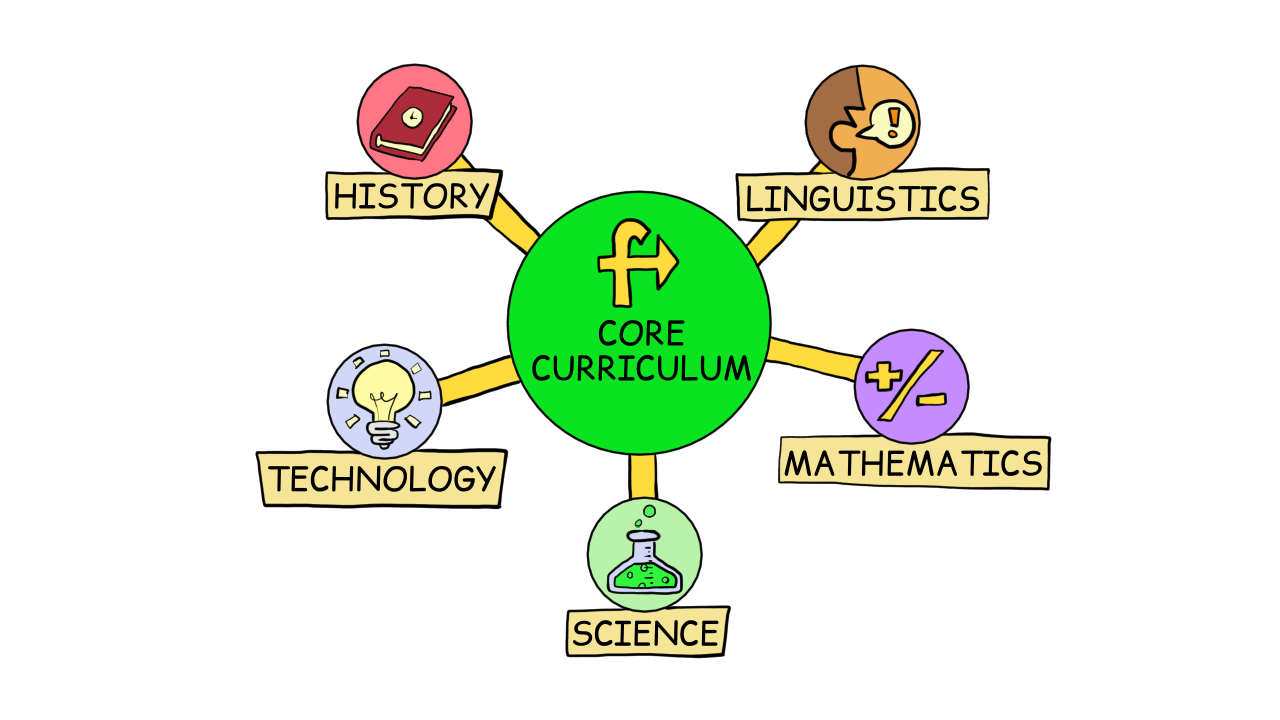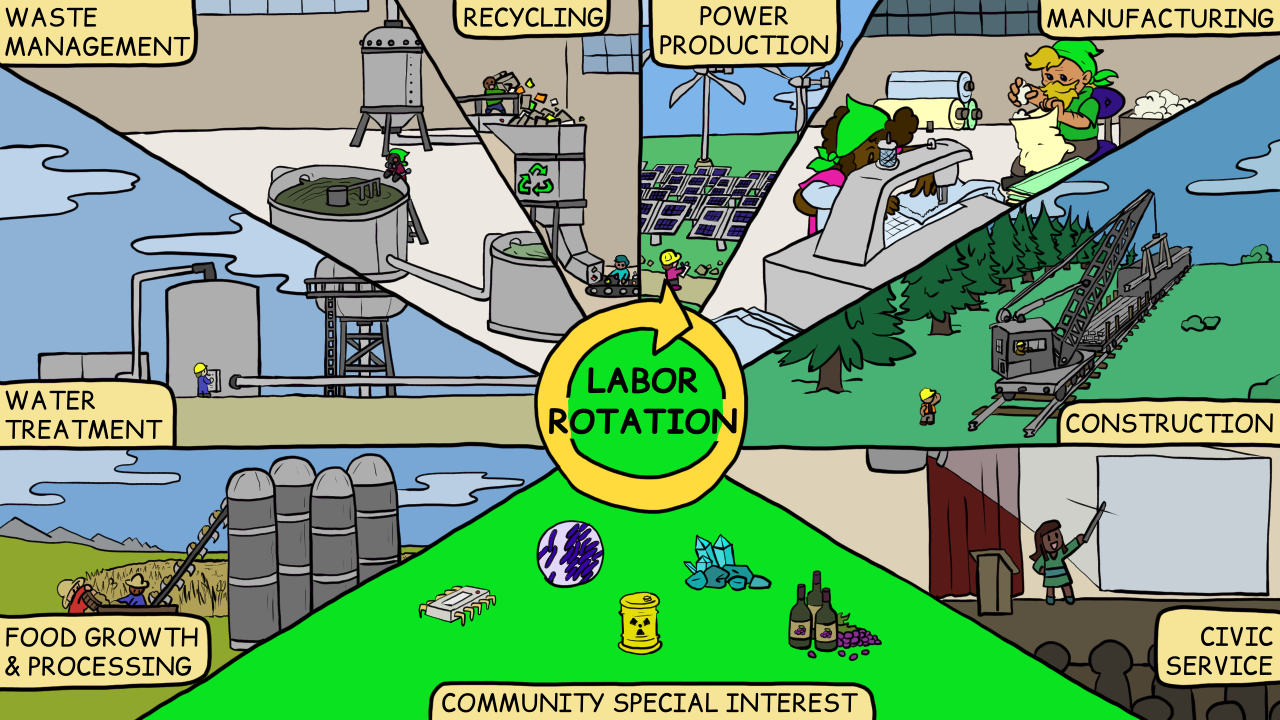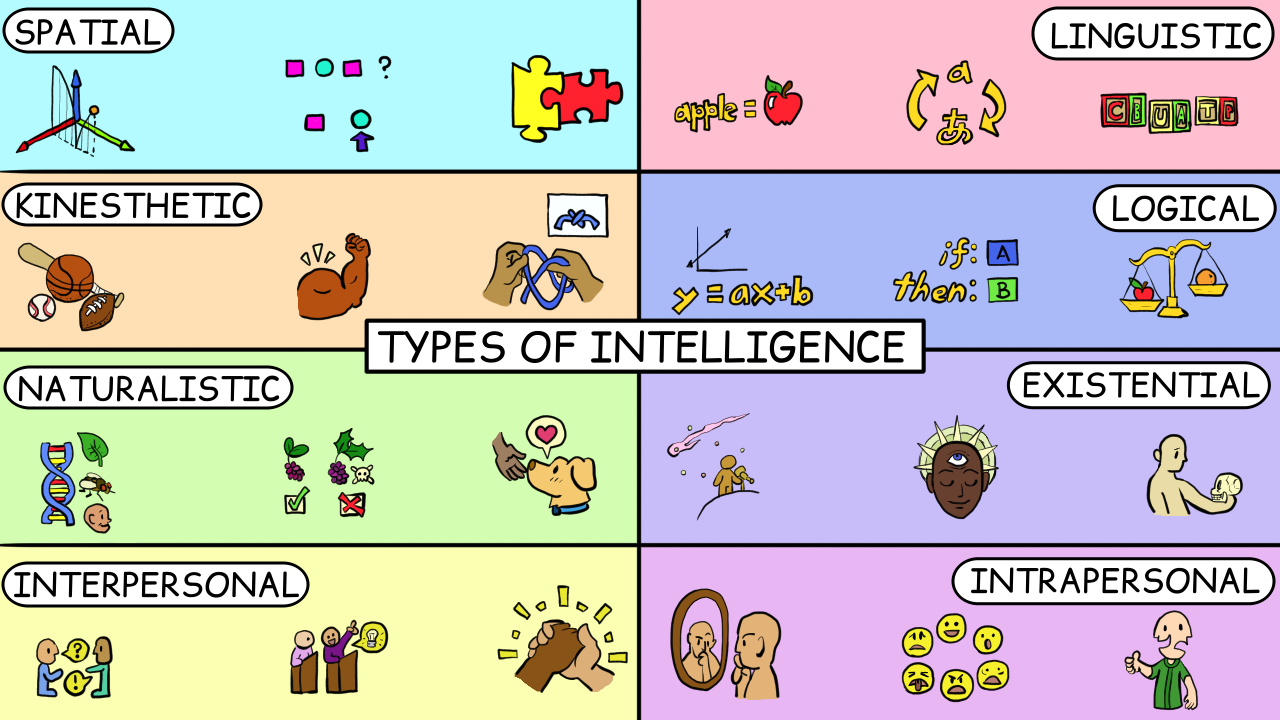Education
Education is a highly valued aspect of growing up in the Forwardist confederation. There are expectations for students as they are growing up, but there aren't rigid requirements for them. Most students begin education in some form by age 5, whether it be in a school environment or at home. This education is continued typically until the student is around 18 years old.
Table of Contents
- 1. Curriculum
- 2. Student Housing
- 3. Labor Rotation Cycle
- 4. Placement Examination
- i. Types of Intelligences
Curriculum
 ^ Back to table of contents ^
^ Back to table of contents ^
The core curriculum for students is determined by the confederation. The aim of this core curriculum is to keep as many students as possible at a baseline literacy level. This includes subjects such as mathematics, history, language(s), science, and technology. These are the cores of the educational programs in each community, and it is intended for the other organizational levels to contribute additional educational materials.
For instance, if there is a shortage of a particular resource or specialized labor force in an aggregate, association, collective, or commmunity, then schools in the appropriate boundary would be encouraged to educate students more on the topic. This could encourage more students to specialize into the field, or provide more knowledge of how to collect/produce scarce resources. Another instance of the lower levels influencing education is communities passing down local histories, providing classes about local plants and how they're prepared, and other various local aspects of life in this particular settlement.
To supplement basic primary education, communities will often host community courses covering a wide array of topics. These courses are freely available to all. Any community member has the right to teach courses about anything they have skills or knowledge to share. So long as there are community members who will sign up to take the course, it can be taught to anyone interested. The courses that are offered vary based on the season, the people available to teach, and the interests of the community members. Examples of commonly taught classes are woodworking, cooking, foraging, blacksmithing, public speaking, housework skills, and gardening- among others. Sometimes there are other types of interests taught, such as programming, medical skills, acting, and even specific science topics, such as epidemiology.
Student Housing
^ Back to table of contents ^Student housing is available to students from the time they turn 12 years old. Students are allowed to move into student housing whenever they feel comfortable doing so. Some students never do, but most students will have moved into student housing by the time they've turned 16. Student housing is typically located near the community's education center, giving students easy access to the resources they need for their classes.
Students that are between the ages of 12 and 16 live in dormitory-style housing, typically with a roommate. At this age, students are usually each given assigned chores. To aid the transition, students have a residence assistant (RA) who can help students learn to cooperate with other students to maintain their rooms. If any students have objections to the ways the chores have been divided, they are encouraged to cooperate with their roommate (with the RA's assistance whenever necessary) to redistribute the chores in a way that satisfies everyone.
When students turn 16, they can move into independent student housing, which is apartment-style. They are typically housed with a roommate of their choosing. Chores are no longer assigned, but RAs are still available to students whenever issues arise. Students are still expected to keep their housing in clean condition (if not neat and tidy), and their RA will check in every 3 months or so to make sure the students aren't having trouble keeping up with the housework. If they are, the RA (and sometimes other students) with help with cleaning the apartment, and then the students living in it are given instructions for how to keep it maintained.
When students graduate from high school (typically when they're around 18 years old) they are moved from student housing to general housing. They are given options for where they'd like to move to based on current housing options available. Many students choose to live independently or with friends at this point, but others choose to move back in with their families. This is especially common while they are completing their mandatory labor rotations.
Labor Rotation Cycle
 ^ Back to table of contents ^
^ Back to table of contents ^
When students graduate from high school, they are ushered into a transitory period where they spend two years learning the important details of how a community is kept running. Rather than going directly into a specialized field or any kind of career, as was customary for many Americans before the collapse, instead they focus on integration into the community and its workforce. This period is spent working at each of the essential labor tasks that must be filled in each community. This includes jobs ranging from food growth and processing to waste collection and treatment, and everything in between. Any resource or service that is vital to the community must be included in the rotation so as to ensure that every member of the community is capable of carrying on these crucial tasks.
Even if a citizen goes on to specialize and doesn't work on the same essential jobs again, they have been provided knowledge and first-hand experience about how the community functions. It was discovered after the collapse that the compartmentalization of labor had left most if not all average american citizens struggling to survive when infrastructure was destroyed. People had been educated on many topics, but too many of the most important aspects of how things had been running were kept hidden away from the public eye, often kept as trade secrets. To combat the devastation that came from peoples' inability to organize and support themselves, the Forwardist confederation decided that it would prioritize ensuring every member is educated on all major aspects of community maintenance.
Placement Examination
^ Back to table of contents ^After completing their mandatory labor rotations, citizens take an examination that is designed to help identify where the individual would fit best into their community. Everyone typically takes the exam once after labor rotations, but it can be taken as many times as a citizen wants to, and it is available every 6 months. It measures various types of intelligences and affinities. For most graduates, the results of the exam are largely unimportant except as guidance for jobs they may thrive at. The results of the exam have no bearing on an individuals' ability to work at any of the essential jobs in the community. The only thing locked behind this exam is the ability to access specialized labor positions, such as medical or social work positions. If a citizen scores insufficiently for a position they want, they need only prepare and take the exam again. There are often tutoring sessions put on by social workers and social worker students to help people improve any profiencies necessary.
The exam is designed to test several of the primary types of intelligence that have been identified. Forwardists were looking for a way to measure intelligence, and realized that the previously-used "IQ" (or intelligence quotient), which measured only very specific types of intelligence, was largely unsatisfactory. After some research and conversations about what types of intelligences to measure, the Forwardists decided to include the following types of intelligences on their placement exam: spatial, linguistic, logical, kinesthetic, interpersonal, intrapersonal, naturalistic, existential, and passions. Each of these was considered a common type of intelligence displayed in people. While it was acknowledged that there are other types of intelligences that can be shown, these were enough to cover the most important aspects of skills needed for specialized positions within the community.
Types of Intelligences
 ^ Back to table of contents ^
^ Back to table of contents ^
| Intelligence | Description |
|---|---|
| Spatial | A measure of ability to visualize things and recognize patterns |
| Linguistic | A measure of skills with words, language, writing and speaking |
| Logical | A measure of problem-solving and analysis skills |
| Kinesthetic | A measure of one's motor control and ability to control their physical movement |
| Interpersonal | A measure of ability to connect and relate to other people |
| Intrapersonal | A measure of ability for self-reflection and introspection |
| Naturalistic | A measure of one's affinity towards nature and connection to the earth |
| Existential | A measure of ability to explore deep topics, ability to think beyond oneself, a long-term outlook, ability to see the bigger picture |
| Passions | This is a broader category that has to do with skill displayed in a particular field that an individual is passionate about (such as music or art) |
